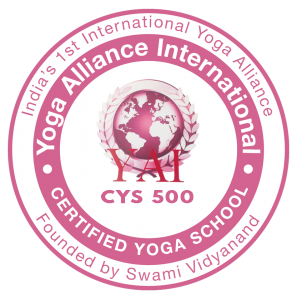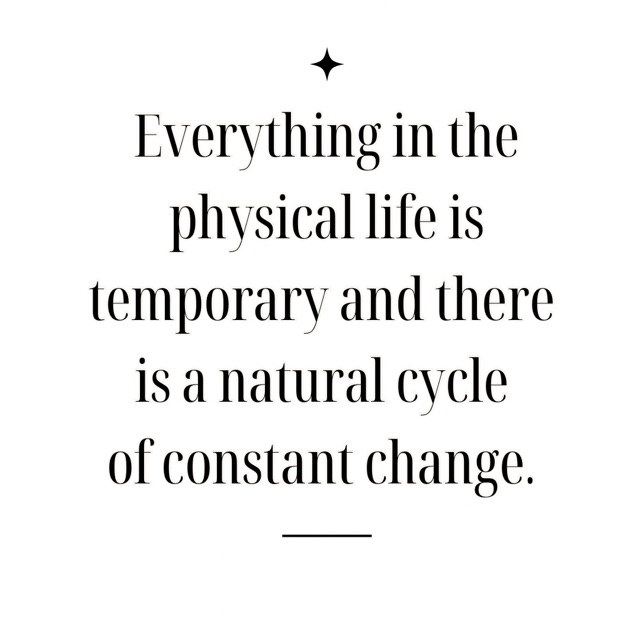Information


In the path of Raja yoga, Sri Patanjali gives us a clear answer on why we suffer and he mentions this in the Pancha Kleshas (the 5 toxins of life). Yet it is not so easy, or is it? This depends on our willingness to dive deeper into ourselves and let go of attachments to pain, which we subconsciously might be clinging onto.
One of the most important terms we can become familiar with is Avydia, which refers to ignorance of the true Self. According to Sri Patanjali, this is the root cause of all suffering.
As much as some want to avoid it, suffering too has its place in our life experience, and it can teach us a lot. Suffering can soften our hearts, and teach us to love and to surrender. Often, in the lowest moments, we make the grandest discoveries, and one of these is our internal strength. When in the toughest moments of life, the ego can no longer fight. So it becomes less of a driving force behind our behaviours, and the heart opens to lead the actions. This is the magical moment when, if we choose to be present, we can understand our true nature. Or at least, realise that there is more to what we are than just a body and mind.
Avydia is the false knowledge of our identity/what we think we are. As long as we think we are just a body and mind with accumulated life experiences and a set of beliefs, then there will be suffering. Because our existence depends on these.
So where does this ignorance come from?
This ignorance stems from the ego, which is part of the mind and impacts how we experience the world. The ego creates separation and clings into individuality. It is because of the ego that there is an “I”. Whilst we are unique in our physical existence, if we always separate ourselves from the world, we fail to live the true life experience, which is connection to the Divine essence of all existence.
We tend to identify ourselves as our body, mind/thoughts, profession, gender, career status etc. And whilst these indeed shape our life and determine how we choose to live, they are not necessarily what we truly are, but just parts of our “whole”. Because they are impermanent, and according to Vedanta, all that is impermanent cannot be the real Self, because it constantly changes.

Suffering comes from holding onto sadness and pain. This can be physical pain, emotional, or from attaching to any experience that is unpleasant to us. Life is a continuous journey of changes and events. Some will feel good and others will certainly not. But if we learn to adapt and understand that life is a set of different moments and experiences that are temporary, we might be able to let go with more acceptance.
We cannot control the external world, the natural cycles of our life and many of the experiences that we have. So we need to have a clear knowledge of what we are beyond these, to stay balanced and harmonious even through the unpleasant experiences.
Everything in the physical life is temporary and there is a natural cycle of constant change. Our body changes all the time, at some point we will be strong, healthy and full of vitality. As we age, the body becomes more frail, sensitive and weak. If we identify ourselves as the body, then we will no doubt reach a moment of great sadness.
Yoga tells us to look beyond this. That the body is simply a manifestation/physical object of our true Self. It is a tool/vessel for this physical life. We can understand this by becoming observers of the body. In meditation, we become aware of the body, the mind/thoughts, the breath etc. Who is aware of these? The body cannot watch itself, neither can the mind observe the mind. This awareness is the witness of all. It is constant and it remains. Whether the body, the mind and our life circumstances change, the awareness/observer remains the same. There is only one awareness and this according to Yoga is what we are.